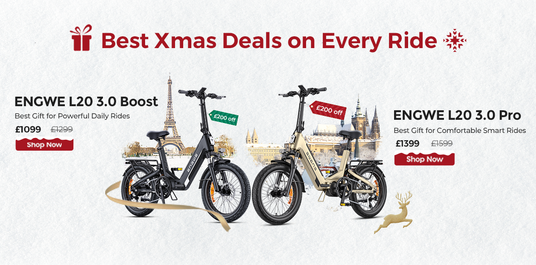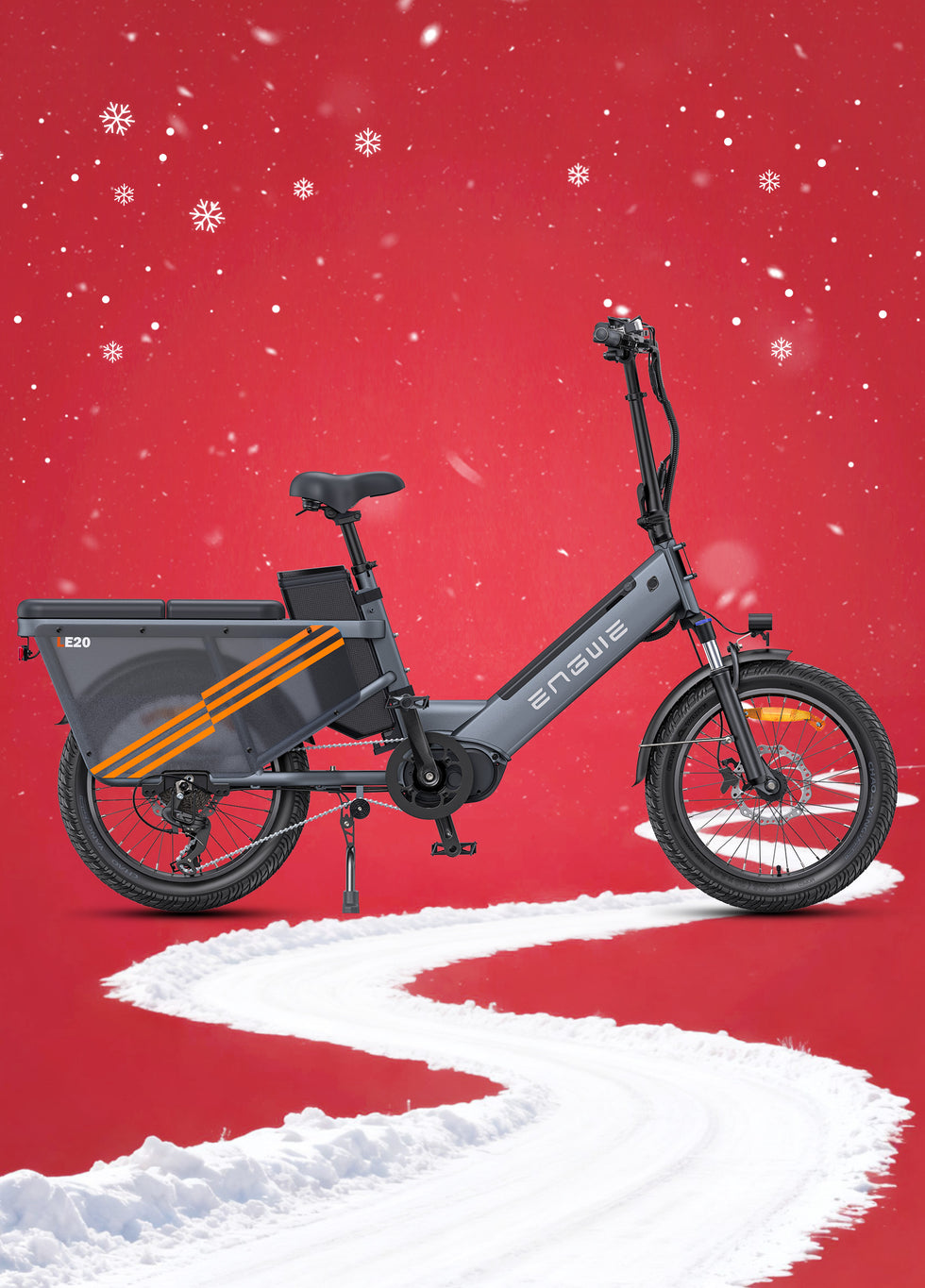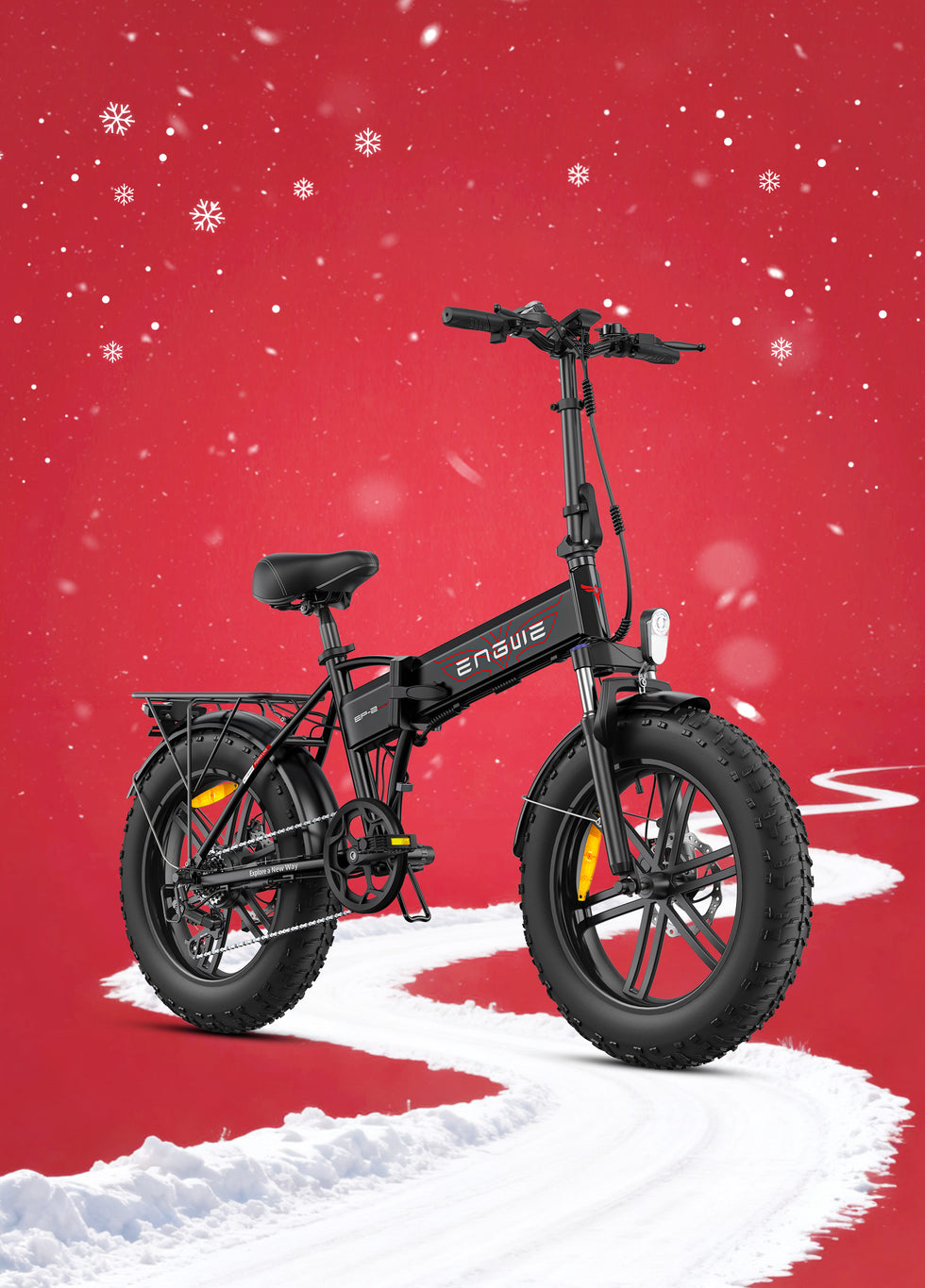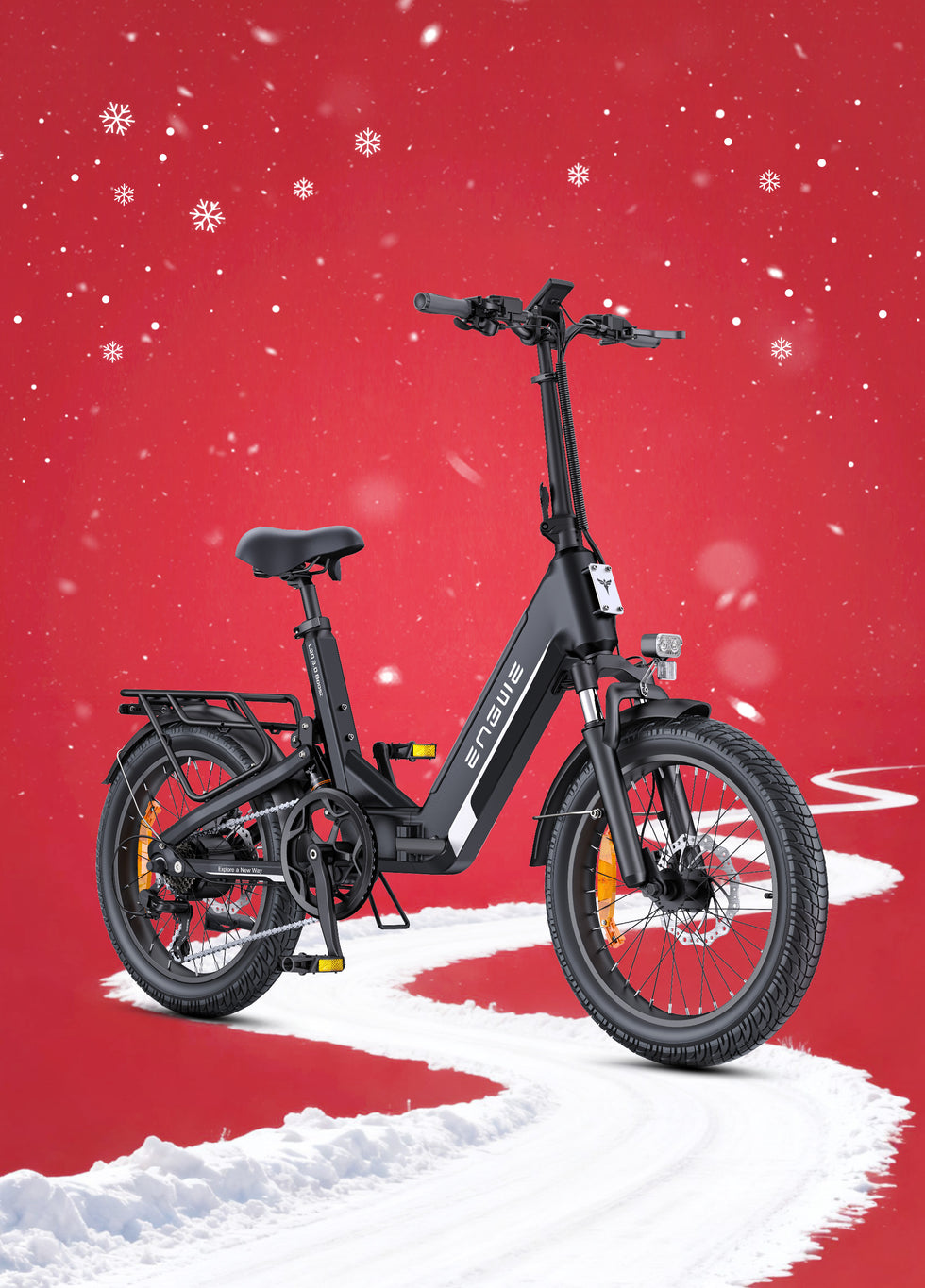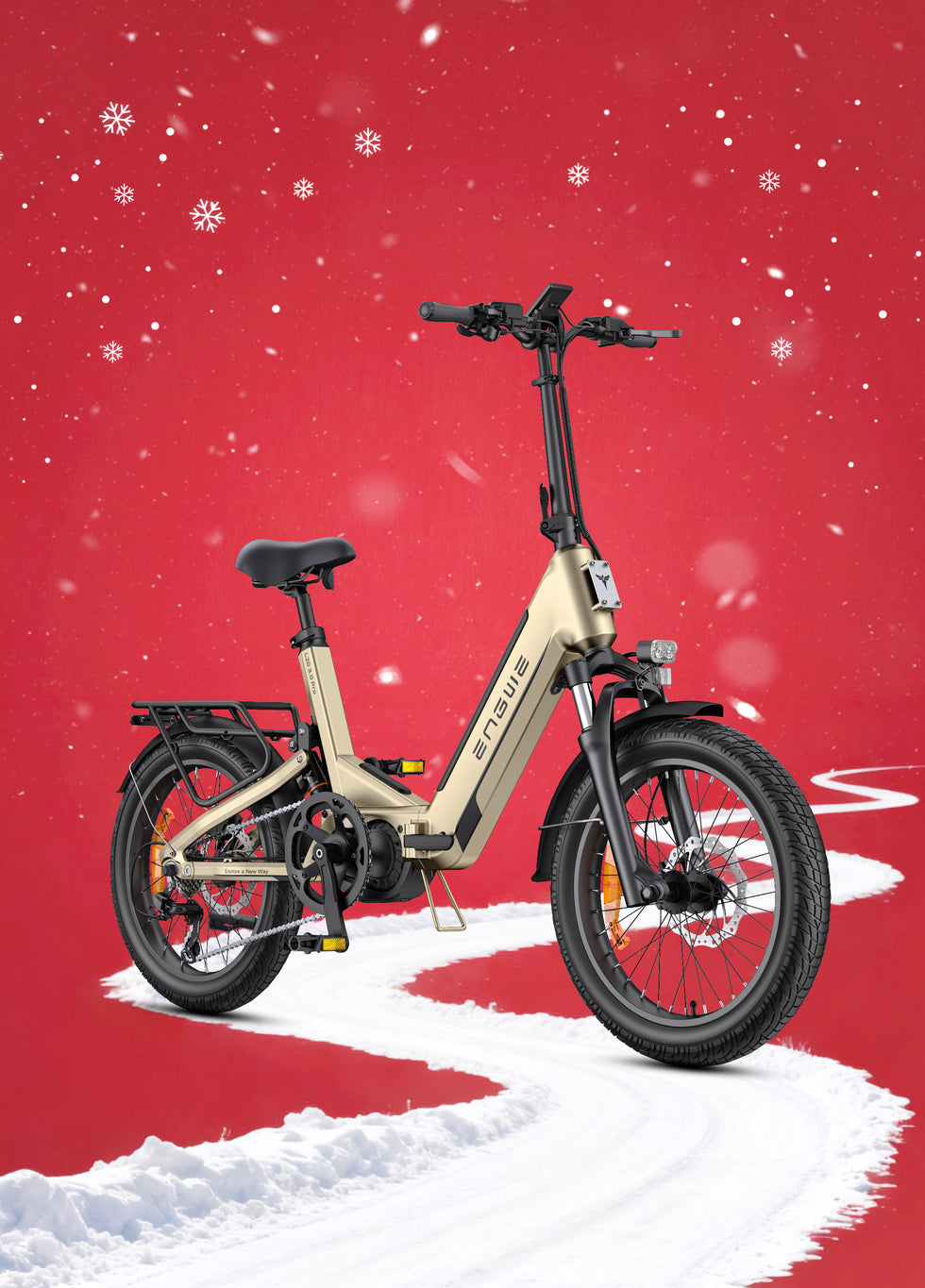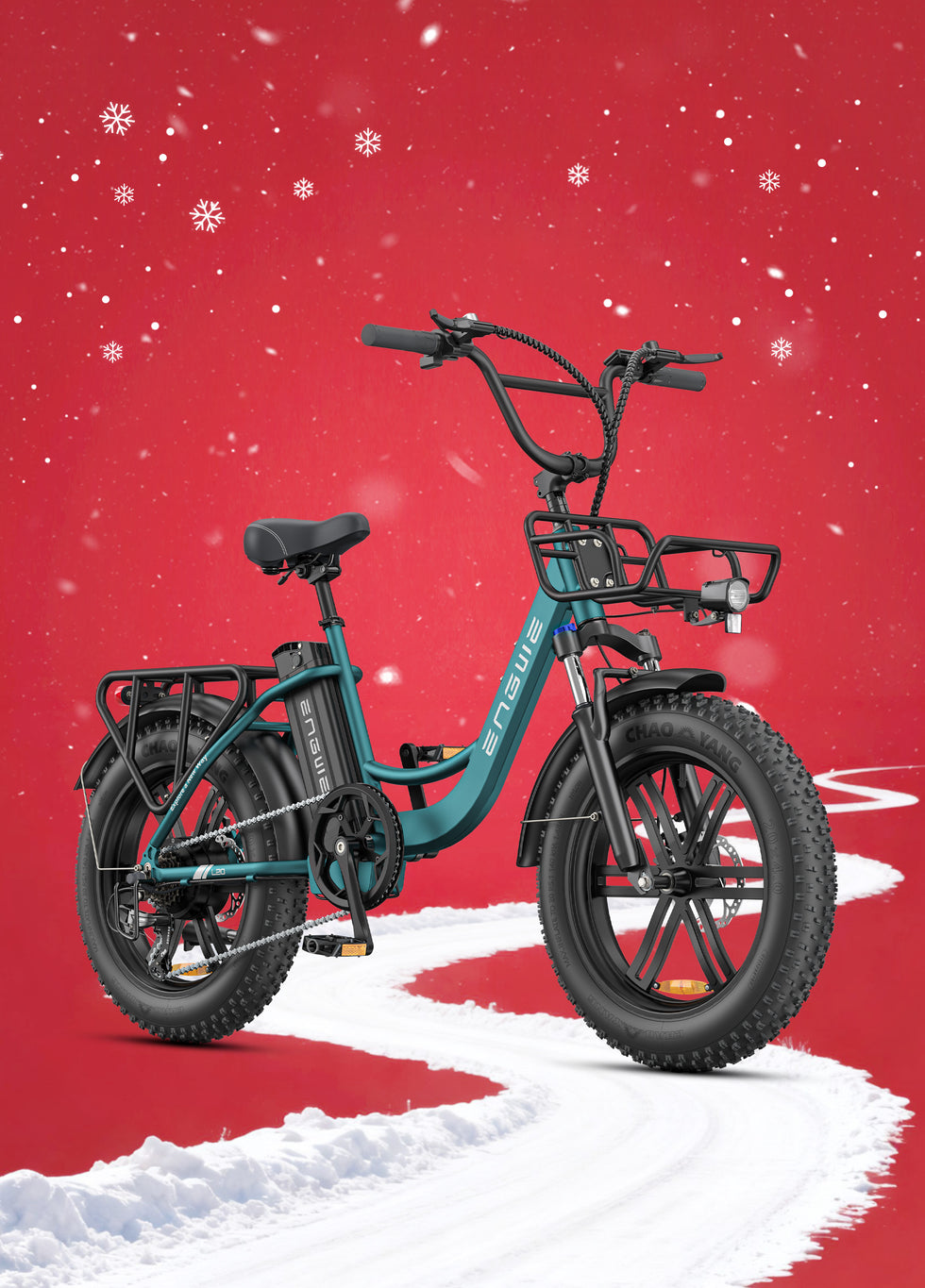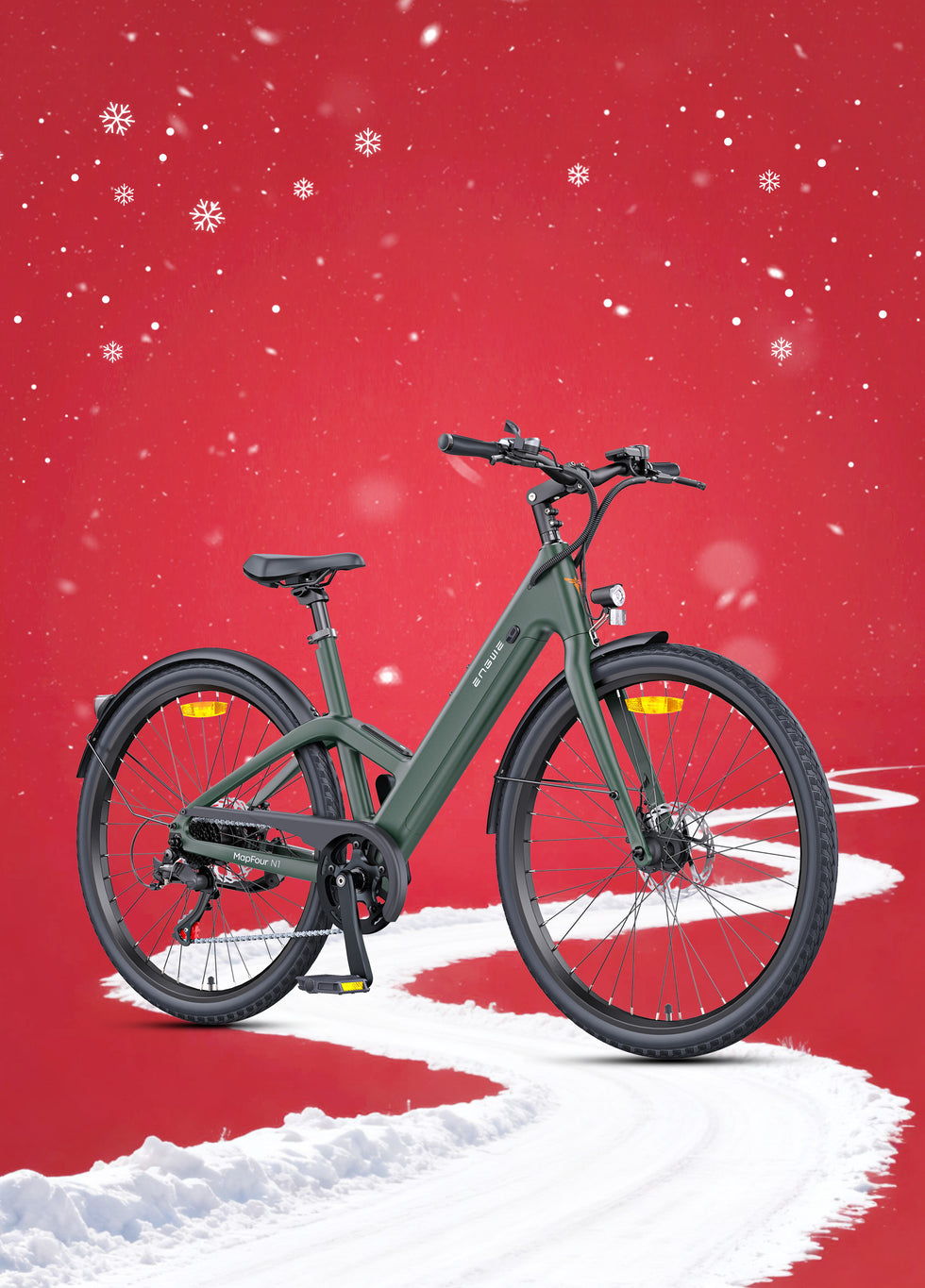The rush of hitting the open trail, the breeze ruffling your hair as you circle rocky canyon bends, and most likely drop down some gnarly scree embankment to get where you're going: this is what off-roading lives for. That experience becomes so much greater when you push the envelope in terms of fitness and terrain, leaving your 'hood and gear behind to unlock a world of unforeseen adventures. That is the experience these off-road e-bikes provide. As a veteran of this trail or a newcomer, the realm of electric all-terrain cycling can be daunting. This ultimate guide is designed to help you unwrap the enigma of the off-road electric bike and get to know what they are, how to make a suitable selection, and what to expect for your electric mountain bike journey. With those things in mind, we're going to look at the questions all riders ask—and some they should but don't—to help you find that bike that fits your soul and sets it free.
What Exactly is an Off-Road Electric Bike?
At its most basic level, an off-road electric bike (also called an e-MTB or all-terrain electric bike) is simply a normal bicycle built for the dirt with one crucial exception: It includes an integrated electric motor and battery system. This is no moped or motorbike—the motor is meant to boost your pedalling, not do it for you. Called 'pedal assist', or sometimes pedelec, this system seamlessly blends power in as you pedal—simply put, hills will feel flatter and distances shorter.
A regular electric bike is constructed and assembled completely differently than the off-road models. By design, an off-road e-bike is created to take the abuse of trails, dirt tracks and rocky paths. This means you will find:
Stronger Frames
Frames are no longer made of titanium but a state-of-the-art aluminium or carbon fibre, with geometry rebuilt for stability and control on rough terrain.
Suspension
They come with sturdy suspension to absorb shock load and keep the bike grounded. It can be at the front (a ‘hardtail’) or both front and rear ('full-suspension').
Sticky Tyres
Down below, you get special off-road tyres with knobbly treads for extra traction on dirt, mud and gravel. They're wider and tougher than the slick tyres on most city e-bikes.
Strong Brakes
Off-road e-bikes come with much better, typically hydraulic disc brakes, to provide solid braking capabilities on uneven surfaces and at higher speeds.
Weather Sealed
The motor and battery systems are fully sealed and provide a reliable power source in unreliable weather conditions.
Off-road e-bikes are at their core an evolutionary leap forward, combining the nimbleness and fun of a mountain bike with the brute force and stamina of an electric motor, opening up new doors for getting away from it all.
Types of Off-Road E-Bikes and How to Choose One
Off-road e-bike is a broad term for a family of bicycles that range from mountain bikes to fat-tire cruisers and everything in between. For our first-time explorers, knowing the basic categories is a great starting point to find out what is right for you.
Hardtail Electric Mountain Bikes (e-MTBs)
A hardtail e-bike has a suspension fork on the front and is rigid, or non-suspended, in the rear. This design, in theory at least, provides a more direct and responsive feel and it should transfer your pedaling power very efficiently to the rear wheel.
Best For: Cross-country mountain biking, forest roads, gravel roads and slightly less technical singletrack. They make a lot of sense for riders who want a non-specialized bike that is efficient on climbs and manageable on mellower descents.
Pros: In basic terms, hardtails are generally lighter, cheaper and require less maintenance than their full-suspension brethren thanks to them having fewer moving parts.
Cons: The rear suspension is not adjustable, so light trails and gradual paths work great. Most of the riding done here will fit in that category.
Full-Suspension Electric Mountain Bikes (e-MTBs)
A full-suspension e-bike (full-sus), as the name suggests, includes suspension at both the front (fork) and rear (shock absorber). This system is made to deliver the best in comfort, traction and control on the toughest terrains.
Best For: Technical trail riding, enduro/downhill sections of the course and lots of bumps & large obstacles.
Benefits: The rear suspension allows the rear wheel to maintain traction on the ground, which greatly increases climbing and downhill grip. It provides huge impact absorption, thus reducing rider fatigue and increasing confidence at speed.
What to think about: Basically, these are more sophisticated pieces of kit; therefore they are heavier and pricier, but need maintenance at the pivots and rear shock on a more regular basis.
Fat Tyre Electric Bikes
Fat tyre e-bikes are easily distinguished by their massive tyres, which usually measure in at a whopping 4 inches or more wide. Some are virtually mountain bike frames, others less so; many seem more suited for all-terrain exploring over technical trail work.
Designed for: That place you want to go where normal bikes would never have the ability to tackle. It can even go through deep sand, snow, mud and loose gravel with ease!
Pros: Ginormous tire volume equals mega float and grip. Ridden at extremely low pressures, they have a large contact patch with the ground, helping to soak up small bumps and produce an undamped ride.
Cons: In comparison to a traditional e-MTB, the wide tyres can make pedally sections of hardpack twisty trails feel slower and less nimble. They also tend to be a bit weightier and built for more leisurely adventures as opposed to rapid agility.
Picking the Best All-Terrain Electric Bike and What to Look for in One
Choosing the perfect off-road e-bike for you is a matter of personal preference as your type of riding, budget and style will differ. These are what form the backbone of a good decision-making process.
Motor: Mid-Drive vs. Hub-Drive
The heart of your electric bike: the motor. There are two main types:
Mid-Drive Motors: These motors are located at the crankset (where the pedals attach) and supply power directly to the drivetrain. This is important as it keeps the weight low and centralized, giving everything a very natural balance. The big advantage to mid-drives is that they work with the bike's gears, so hills present little challenge.
Hub-Drive Motors: Fixed in the wheel hub of the rear (or in some instances front) wheel. Such motors are typically what you find on entry to mid-range bikes and all-terrain focused bikes. Rear hub motors give a ‘push-back’ feeling. They are usually simpler and less expensive, though they can negatively affect the balance of the bike.
For motors, you should examine a value called torque, expressed in Newton-metres (N·m). A higher torque value (above 70 N·m for instance) is indicative of a vehicle that will be good at climbing hills.
Battery Capacity and Range
The battery is like your gas tank. Its capacity is represented in Watt-Hours (Wh). The larger the Wh number, the larger the 'tank' and, theoretically, the more range. Of course, actual range will vary due to a variety of factors: how much you use the assist function, how hilly it is where you're riding, your weight, and even the outside temperature. For a good trail session, go for a battery with a minimum of 500Wh. Most modern e-bikes come with a removable battery, which is great for charging and safety.
Suspension Travel
Suspension travel is the amount of compression a suspension has, measured in millimetres (mm).
100-130mm: This is common in most hardtail or XC e-bikes. Best for smoother trails; most pedal efficient.
140-170mm: Found on All-Mountain and Enduro Full Suspension Bikes. With this much suspension travel, you can allow for steep descents and big hits, while still keeping it light enough to pedal up.
>180mm: Prominent on downhill e-bikes, designed to ride the most difficult descents you can think of at the expense of going uphill.
Frame and Brakes
Aluminium accounts for the vast majority of frames and provides a balance between weight, cost and strength. Carbon fibre frames are lighter and could potentially be tailored for optimal stiffness and vibration damping but often cost several times more.
Brakes are a very important safety feature. Serious off-road riding requires hydraulic disc brakes. They offer more power and better modulation (control) than mechanical disc brakes, and work consistently well in wet or muddy conditions. For better heat dissipation and braking power, opt for larger rotor sizes (180mm or 200mm).

Common Questions Answered
Many questions may arise when exploring the world of off-road electric bicycles. We answered five of the most frequent questions that many prospective riders ask.
How Much Motor Power Do You Really Need?
Road-legal e-bikes in the UK and EU are limited to a 250W motor (that may not sound like much, but that's continuous power; it's the torque that really counts for off-road performance). Torque (measured in N·m) is the twisting force that you can use to get up hills. For light hills and gravel tracks, a 50-60 N·m motor would be enough. A motor with 70-90 N·m will add a decisive percentage to the performance, and a limited rider will be able to feel as if every climb has become a little easier. For the average recreational trail user, an off-the-shelf 250W motor with a decent torque rating will provide more than enough oomph.
What is the Real-World Range Per Charge?
They often show a strong maximum range: up to 120 km. Note, as well, that these figures are best-case-scenario numbers: from a sub-150-lb rider on flat pavement with the power assist set to its lowest (Eco) setting. If you are riding off-road, it is probably in Trail or Turbo mode to help with hill climbs and the rough stuff. Either way, anticipate receiving somewhere between 40% and 60% of that top range. You can expect to ride between 35-60 km of real-world trail riding with significant elevation on a bike with a 600Wh battery. To extend a ride, manage the battery by using lower assist modes on flat sections and save the higher modes for steep climbs.
Can I Take Fat Tyre E-Bikes Off-Roading?
Yes, but it depends on the type of off-roading. Beaches, snowy landscapes and deep muddy trails are where the fat tyre e-bike truly comes into its own. The massive tyres give outstanding grip. Compared to a regular e-MTB with 2.4″ to 2.6″ tyres, though, they can feel less controlled and manoeuvrable in tight and twisty, hard-packed singletrack. The heavy tyres are difficult to accelerate and slow down. In that regard, you will love them for all-terrain style escapades and beating difficult terrain. For some of our testers, a dedicated e-MTB would be the right choice for high-speed, technical trail riding.
Are Off-Road Electric Bikes Legal In The UK?
An e-bike needs to conform to a number of rules in the UK before it can be labelled an 'electrically assisted pedal cycle' (EAPC) and ridden with no license, tax or insurance. That motor must have a maximum continuous power output of only 250 watts, and it should not be capable of assisting the bike when it is travelling above 15.5 mph (25 km/h). Power assist may be provided only while the rider is pedalling. Where you can go: as a general rule, EAPCs are allowed on any cycle path, bridleway or other area where regular bicycles are allowed. Access can be problematic and is often local in nature, so it's always a good idea to check out the local signage and regulations before venturing somewhere new.
How Much Maintenance Is Required?
An off-road e-bike requires all the maintenance you would perform on a high-end mountain bike, plus some attention to the electrical pieces. This involves things such as maintaining a clean and well-lubricated chain, checking tyre pressures, and ensuring that your brakes are working properly. The additional power and weight mean parts like chains, cassettes, and brake pads wear out faster than on their non-electric brethren, meaning more regular checks are required. Beyond that, the objectives for the electrical system are to maintain a charged battery (not letting it fully drain if sitting unused for long stretches) and keeping the motor and connectors clean and dry. It is advisable to have the motor checked for health and system software updated annually by a professional e-bike mechanic.
Innovator Spotlight: Engwe Bikes
While a lot of brands are heavily invested in their high-end, competitive e-MTBs, Engwe is the brand for creating new, accessible electric bikes that prioritize all-around competence and comfort for the rider. One such model that exemplifies this philosophy is the Engwe EP-2 Boost, a Fat Tyre Foldable Electric Bike. While not a crusher for the most extreme levels of technical trail riding, the EP-2 Boost shines as an extremely versatile all-terrain explorer that mixes well-thought-out features with intelligent technology.

Key to the design are its 20 x 4.0-inch fat tyres which make it viable in terrain that would halt a regular bike, from gravel paths and dirt roads through to sand and muddy tracks. A 250-watt brushless motor provides the power, but it is matched with a torque sensor, which is in line with why this bike rides so nicely. It uses highly advanced algorithms to precisely measure your input and deliver proportional power for an incredibly smooth, intuitive, and responsive ride that feels like a natural extension of your effort. And when the going gets tough, there's a special Boost button to press and give you a little extra oomph for things like steep hills.
Practicality is the defining feature of the EP-2 Boost. This frame has a concealed folding capability for storing in the boot of your car or at home and adventuring further. 180mm mechanical disc brakes take care of stopping duties, and the 48V 13Ah battery can be removed for off-bike charging and security. Add in a beefy rear rack and a massive maximum range of 120 km on its most efficient mode, and the EP-2 Boost is equally suited for going the distance as it is off the beaten track. For the rider who values freedom, comfort and being able to explore wherever you want to go, the EP-2 Boost is a great option.

Tips for Your First Ride
So you own a bike and are looking to hit the trail. With that in mind, we've put together this guide to getting started so your first rides are comfortable and confidence-inspiring.
Start Slow
First, get a feel for the bike by riding it in an open, flat area. Play around with the various power modes to see what each is like and how hard the acceleration kicks in.
The Braking Power
An electric bike is much faster and heavier than a regular bike. Work on feathering your brakes; you will need to control your speed when coming down hills. The majority of your stopping power is supplied by the front brake.
Battery Management
Don't leave it on full turbo power all the time. On flat sections, you can leave it in Eco or the lowest power setting, and save your power for when it will matter—climbing.
Look Forward
Your bike will follow your eyes, just like a normal MTB. You never want to be looking at the obstacle right in front of your wheel; always look up and well down the trail.
Use the Right Gear
Never compromise on a good quality, well-fitted helmet. Gloves will make your grip better, and protective glasses are a shield from dirt and branches.
Respect for the Trail
Always respect your fellow trail users (both walkers and horse riders). Announce yourself if you are coming up from behind, slow down, and follow proper trail etiquette to help keep the outdoors a fun place for all.
Your Adventure is Powered Up and Ready. An off-road electric bike is not a simple bicycle; it's a key that unlocks the freedom of exploring new paths. This breaks down barriers, flattens hills and extends your range so you can see more, do more and push the boundaries of what is possible. Now you know the types of bikes and important features to look for, so you can get started on an electrifying new journey in outdoor adventure. The trails are calling, and you must go.
